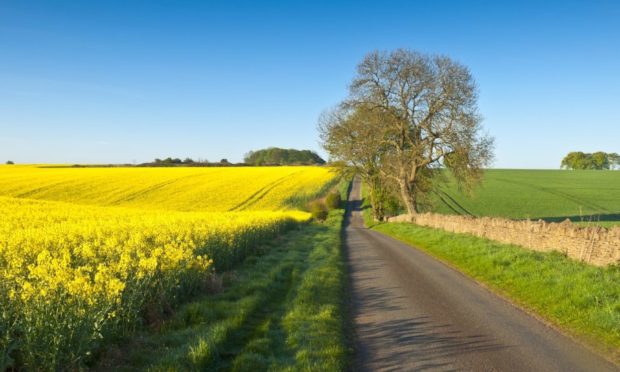The Queen’s Speech at Westminster, setting out the government’s legislative plans, confirmed its determination to match or even out-green the EU.
Plans include a ban on live exports and a new link between animal welfare and farm support payments. However the government failed to respond to calls for parallel standards to be imposed on food imports, suggesting it deems cheap food and trade deals more important.
Meanwhile the European Commission has confirmed that it wants to embrace new plans to make agriculture a zero net contributor to water, soil and air pollution by 2050. This adds weight to a sense that in both the UK and EU, the pursuit of green headlines has eclipsed the concept of a globally competitive, productive farming industry that guarantees food security.
CAP funding
A report by the European Commission on the 2014/2020 round of CAP funding has concluded that direct payments and aid for areas of natural constraint played a key role in stabilising farm incomes. It also claims limited price support helped stem market collapses.
The report says there is room for improvement, particularly where coupled support has been maintained. It also suggests there is a need for better targeting of measures by member states and a need for better tools to stabilise markets.
Across the EU CAP payments in various forms, including rural development, accounted for 36% of farm incomes, while direct payments accounted for 26%. External convergence – reducing differences in CAP payments between member states – is deemed effective but “degressivity”, to limit payments within member states, has been less effective.
The report hands the Commission a sound case for maintaining most of the structures of the CAP. Brussels is due to publish a new long-term vision for rural areas in late June.
Food prices
Global demand and some commodity shortages helped drive food prices in April to their highest level since 2014.
This is measured by the United Nations Food and Agriculture Organisation (FAO) food price index and April marked the eleventh consecutive month of rising prices.
The increase from March to April averaged 1.7 per cent. While sugar was the star performer, there were welcome rises for meat and dairy products, confirming a recovery of normal demand patterns as Covid retreats in key markets.
Meat prices rose and in April were five per cent higher than the same month in 2020. This reflected better demand and reduced supplies as culling gives way to herds are rebuilt.
Poultry markets and prices were deemed stable. Dairy prices rose 1.2 per cent from March to April, led by growing demand in in key Asian markets. Dairy prices are now 24% ahead of where they were in the same months in 2020, on the back of rising demand and tight southern hemisphere supplies.
